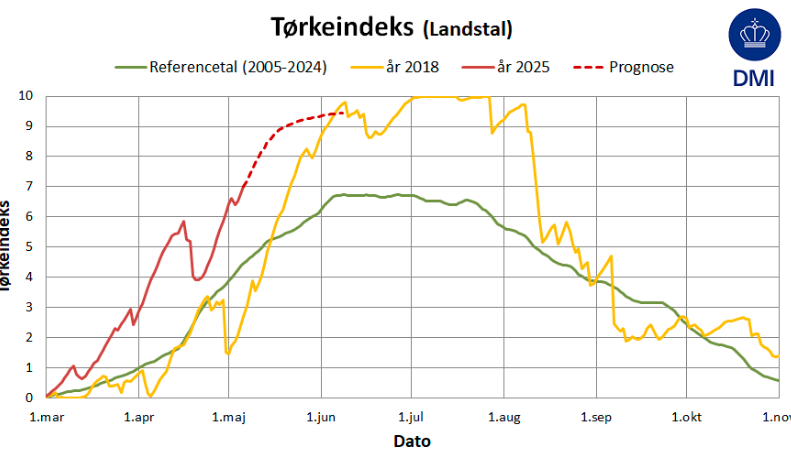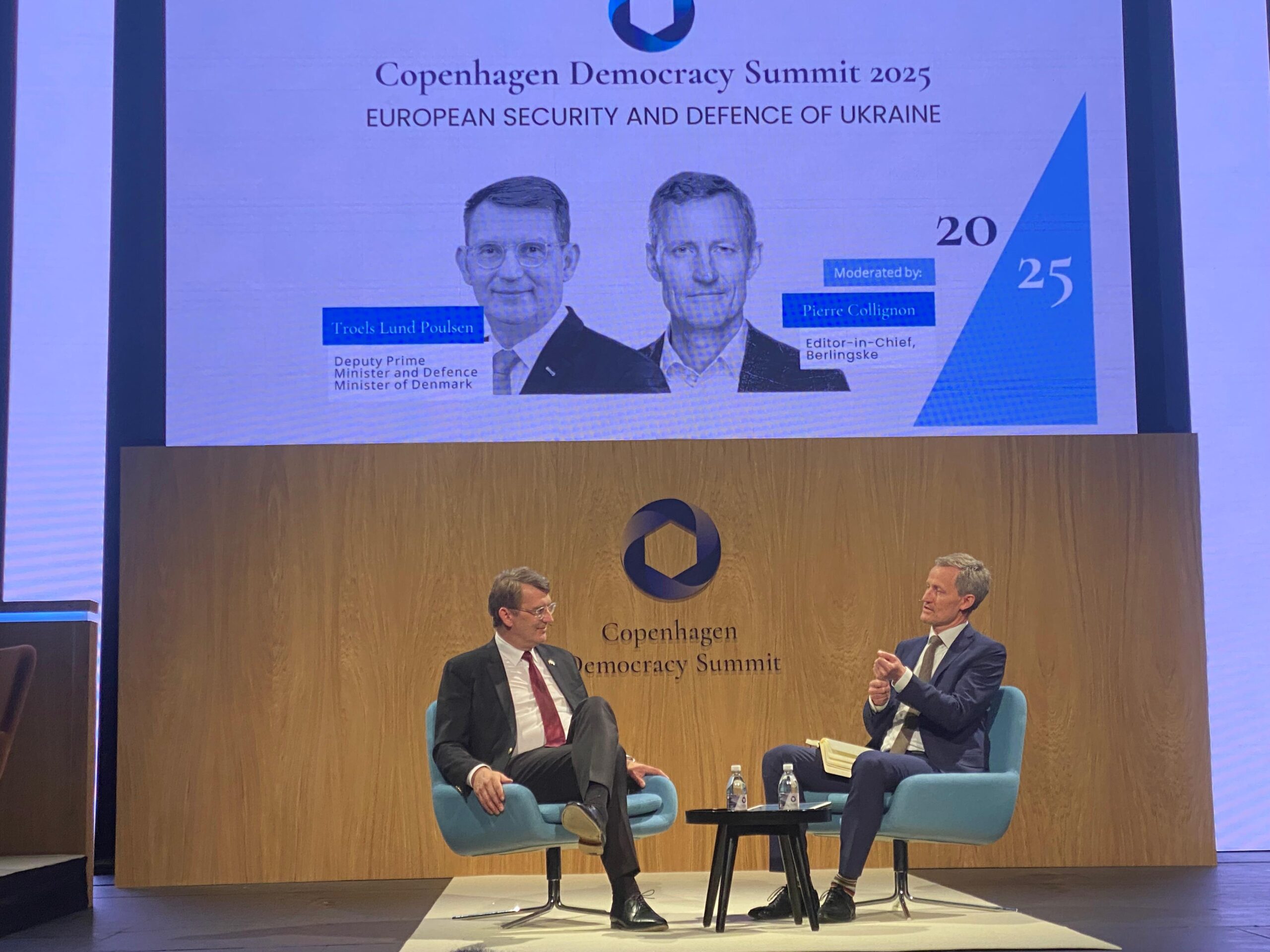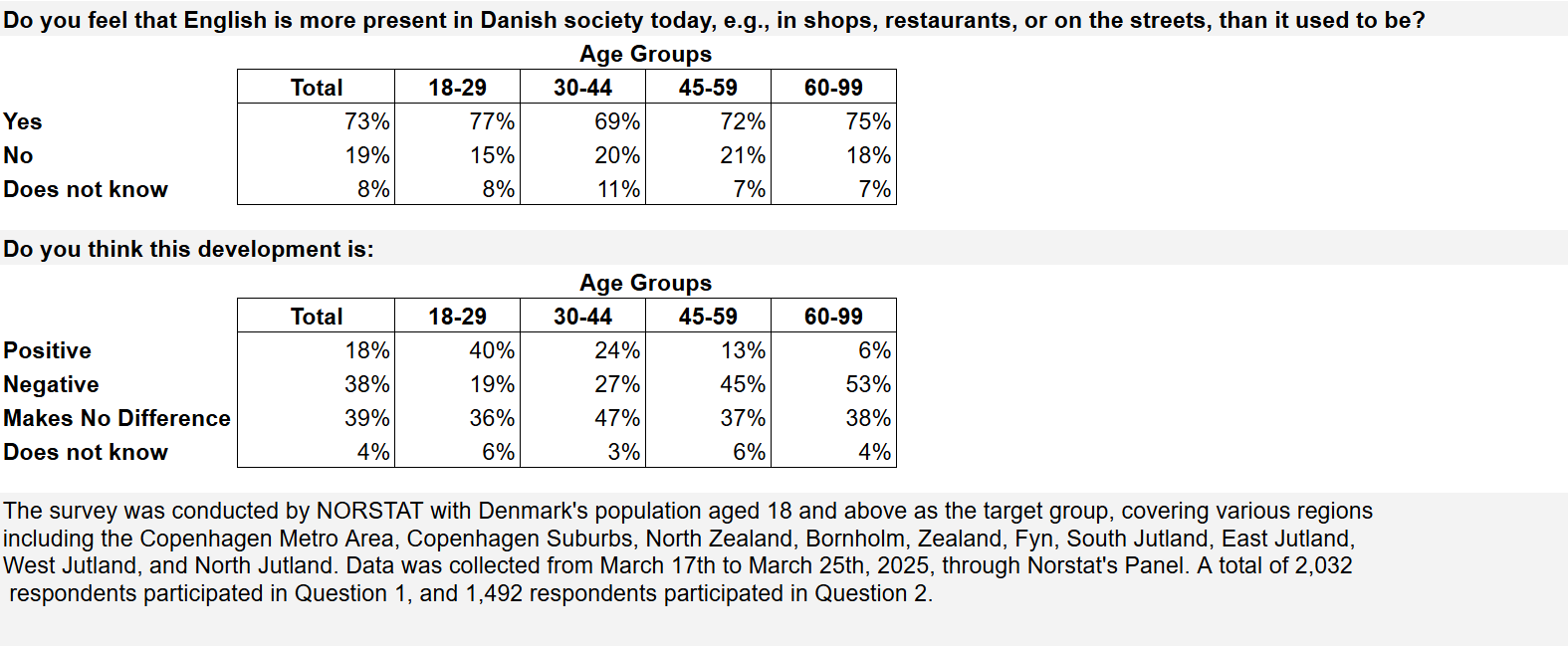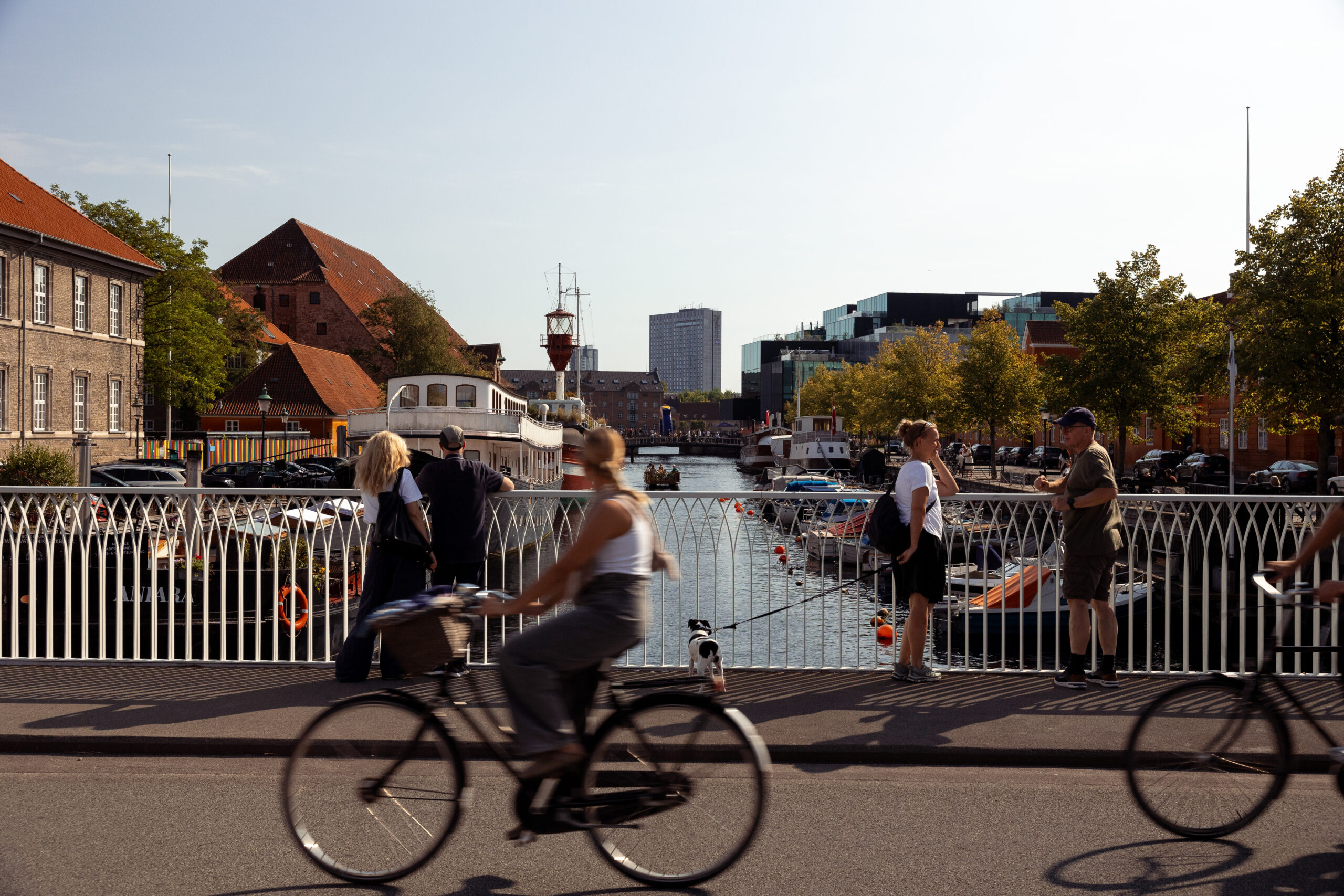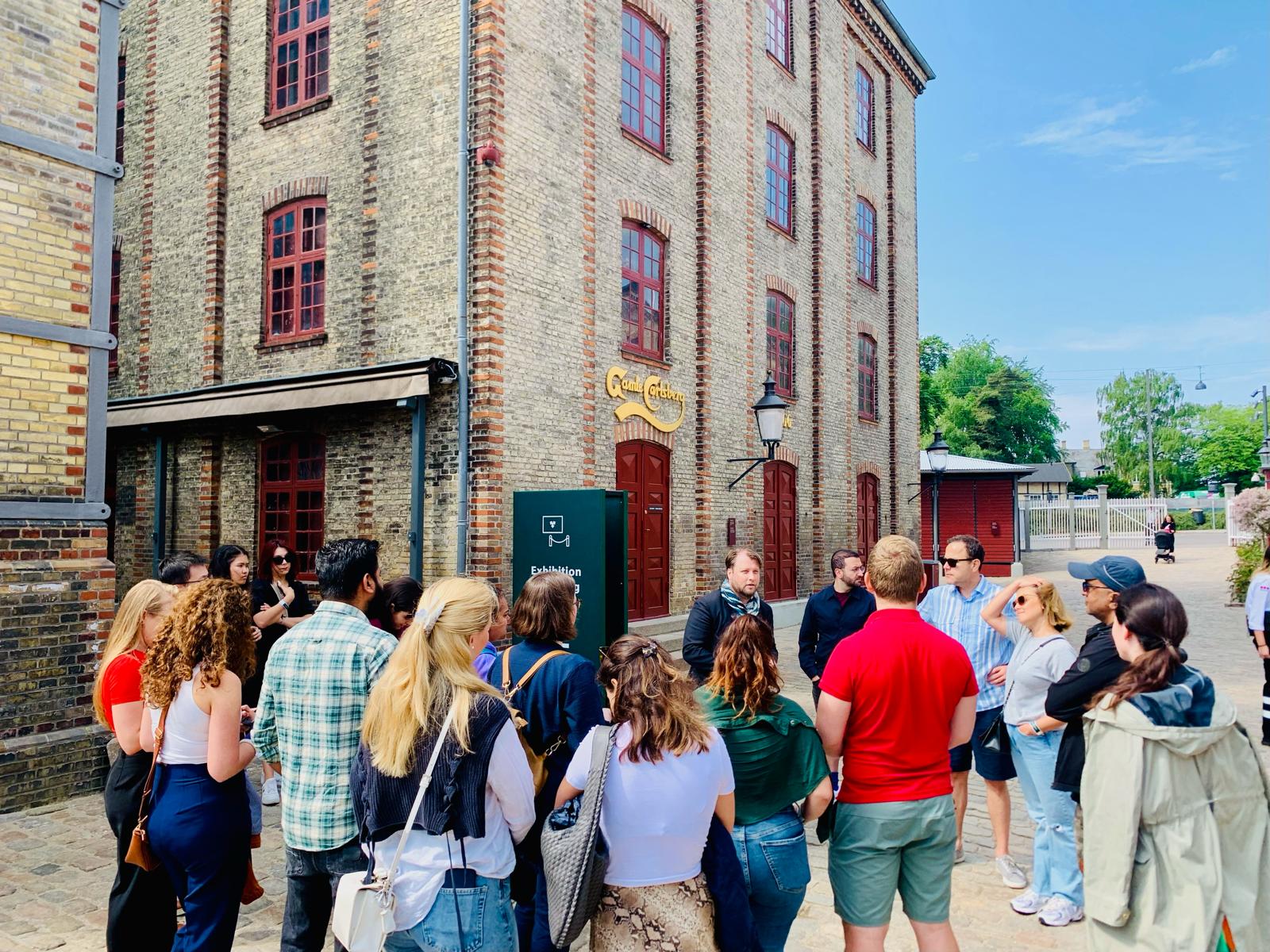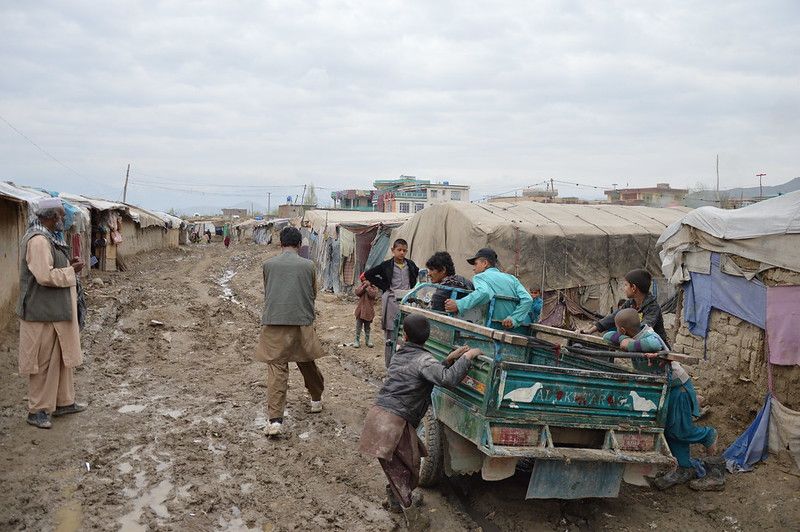In anticipation of the arrival of spring, the Danish capital is busy planting some 30,000 flowers around the city.
Gardeners from the city municipality have got their best green thumbs out planting the spring flowers, such as horned violets, tulips and pansies, in the cities, parks, squares and streets.
“Flowers, bushes and trees hold great importance for experiencing the city, and when the spring sun hits it, the city completely changes character,” said Morten Kabell, the deputy mayor for technical and environmental issues.
“Copenhageners pour out of their apartments and use the city in a completely different way than during the cold winter months. It’ll take some time before the bushes and trees blossom and leave their green imprint on the city, so bulb plants and spring flowers are important when extending the green season in Copenhagen.”
READ MORE: Nordea-fonden donation accelerates Amager nature park project in Copenhagen
A greener Copenhagen
And next year there will be even more colourful flowers blossoming as ‘Old Man Winter’ melts away. City Hall has set aside 1 million kroner for flowers to be planted across a 3,000 sqm area in the city.
The initiative is part of a 10.9 million kroner plan to boost the capital’s green fingerprint – something that 70 percent of city dwellers want improved.
As part of the strategy, 90 percent of Copenhageners in city development areas should be able to walk to a park, beach, nature area or harbour bath in under 15 minutes by 2025.


